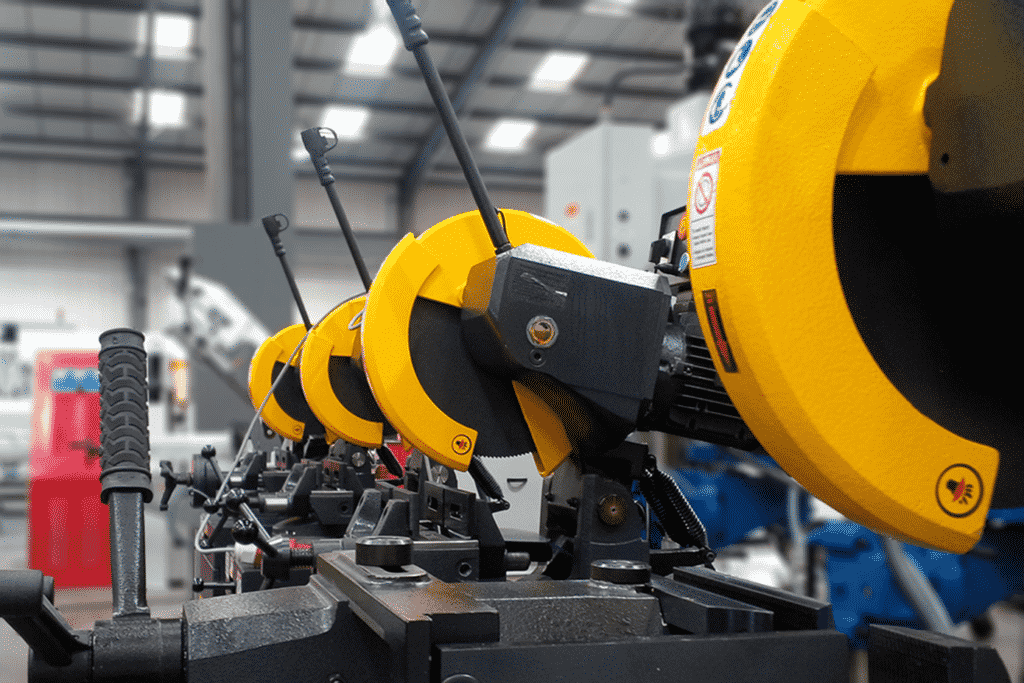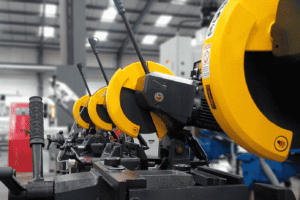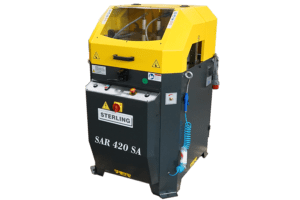Here at Selmach, we want to make sure you get things right first time, so based on our own experiences, here are the five most important points to consider when purchasing a metal working circular saw:
1) What metal are you cutting?
You will need a high speed saw for cutting aluminium (usually 3000rpm). Slower speed saws are generally used for cutting mild steel (90rpm) and slower again for stainless (45rpm).
As standard high-speed aluminium circular saws are specialist and used only for aluminium. Nowadays, most circular saws will have 2 or 3 speed settings on the control panel which make them suitable for multiple cutting application of both stainless and mild steel.
You should also consider other factors about the metal you are going to cut. What thickness is it likely to be? Thin walled tubes and thin flat sections are going to need a different type of cut compared to thicker billets.
What about the complexity of cuts? If you’re going to be cutting complex mitres, intricate angles, you may want to consider a fully automated machine where you can type in the angle of the next cut for faster processing. For truly complex cuts, a tube plasma or tube laser may be a far faster and effective solution for your requirements.
2) Ensure you select the right blade
The wrong blade could cause a bad cut (e.g. burrs), could cause damage to the workpiece and / or saw (due to vibration) and will also be exceptionally noisy. Use this tooth pitch selector to find the right tooth-pitch or call a blade specialist here.
The main types of blades
- SHSS (high speed steel) blades are perfect for cutting mild steel and are low cost. They can also cut stainless steel but will tend to blunt quickly when cutting stainless. You can re-sharpen your SHSS blades though and there are many specialist blade sharpeners across the UK so service is usually good.
- TiCN – (Titanium Carbo-Nitride) blades are recommended for stainless steel cutting and will also cut mild steel very well. The blades are 2x the cost of the SHSS blades but will last much longer.
- For cutting Aluminium on a high speed saw a TCT blade is required.
As with many things in life, selecting the right blade is a compromise between cost, speed and precision. The right blade for you will be dependent on which of those factors is the most important. Our blade specialists can discuss this at length with you.
3) What quality of cut are you looking for?
With the right blade and everything set-up correctly, a circular saw will give you a perfectly straight cut with minimal requirement for secondary processing and de-burring. This is particularly true if you are cutting thin wall box section / tube and small flats. Circular saws are most often used in the balustrade and window manufacturing industries where perfectly square cuts are required on every piece with minimal secondary processing.
Another industry that utilises circular saws is the scaffolding industry. Cutting tubes to length for specific jobs, where speed is the priority over exacting precision. In this industry it is all about being able to cut tubes to length quickly and effectively, so a manual chop saw may suit more than a sophisticated automatic option.
4) Have you considered a bandsaw?
If your cutting requirements vary a lot in terms of material type, thickness and you are also cutting beams + need a larger capacity – the bandsaw is a serious consideration. Bandsaws with a varied pitch blade are a more flexible option for cutting varied material types than a circular saw blade. For a similar cost to a manual circular saw you can pick up a new bandsaw which also has gravity down-feed (gravity down-feed enables the operator to prepare the next cut, make a coffee, etc whilst the bandsaw cuts through the material).
5) What level of automation is required/ preferred?
The most basic circular saws are manual (pull down) saws – you can view this range here. The Sterling saws are very popular due to their extra sturdy construction, double clamping self-centring vice and because of their slitting ability. We would advise against buying one of the cheap ‘domestic’ alternatives off the shelf from DIY stores. These will not last in your busy workshop environment and are designed for light home use only.
Our Sterling semi-automatic range with optional pneumatic vice reduces the manual operation of the saw. These can improve your processing speeds, and the consistency of cuts too. This can de-skill the operation, or allow multiple saws to be operated by a single operator for high-volume production.
Furthermore, our range of Sterling fully automatic circular saws come with a large range of different options and functions. This can allow pre-programmed cuts and bundle loading / cutting for fast, precise, complex cutting. If fully automatic saws is something you are considering please reach out to one of our specialists here.
See below for our range of Circular Saws
-
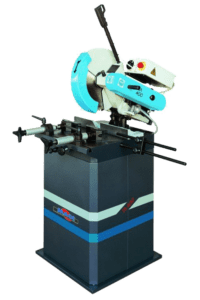
MACC TA 400 Aluminium Circular Saw 415V
Read more -
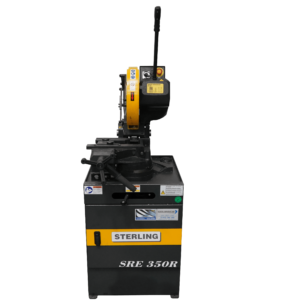
Sterling SR Manual Pull Down Circular Saw 415V
Read more -
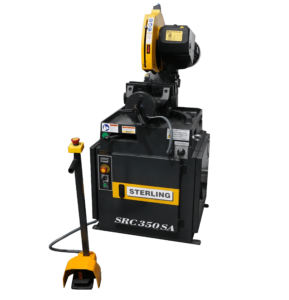
Sterling SR SA Semi-Automatic Circular Saw 415V
Read more -
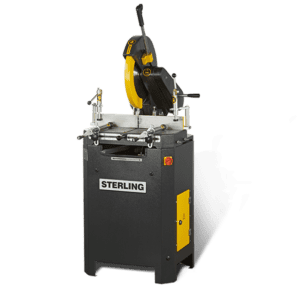
Sterling SAR Aluminium Circular Saw
Read more -
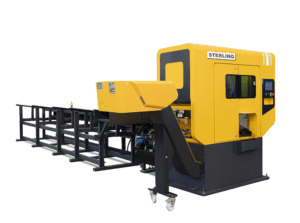
Sterling C-XS Automatic Circular Saw 415V
Read more -
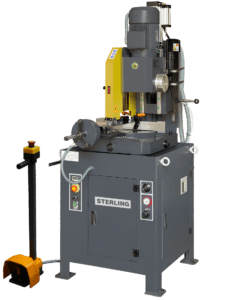
Sterling SR350 VSA Semi-Automatic Vertical Circular Saw 415V
Read more -
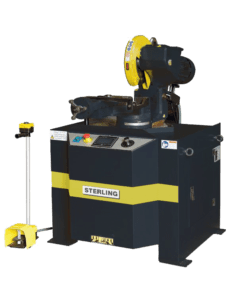
Sterling SR SA X Semi-Automatic Circular Saw 415V
Read more -
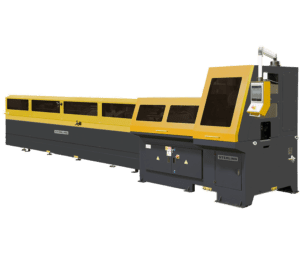
Sterling SR350 A Automatic Circular Saw 415V
Read more
Published 6th November 2019

